Rahim Yar Khan is a city in Pakistan’s Punjab province, known for its rich history and diverse culture. It’s a city that tells many stories through its ancient ruins, lively festivals, and welcoming people. It has been around for a very long time, with signs of ancient civilizations that lived there thousands of years ago. It has seen different rulers and cultures come and go, each leaving a mark on the city. This city was an important place for trade and culture during the ancient Indus Valley Civilization, making it a significant spot for people interested in history and archaeology.
The city is like a living museum, showing off the many cultures of Pakistan. It’s a place where traditions are important, and you can see this in the architecture, the festivals, and the arts. The music and dance of Rahim Yar Khan are special, reflecting the history and spirit of the people who live there. This city is home to people from many different backgrounds, all living together in peace. This diversity is a big part of Pakistan’s culture, and the city is a shining example of how people can celebrate their differences while living together harmoniously.
Historical Background
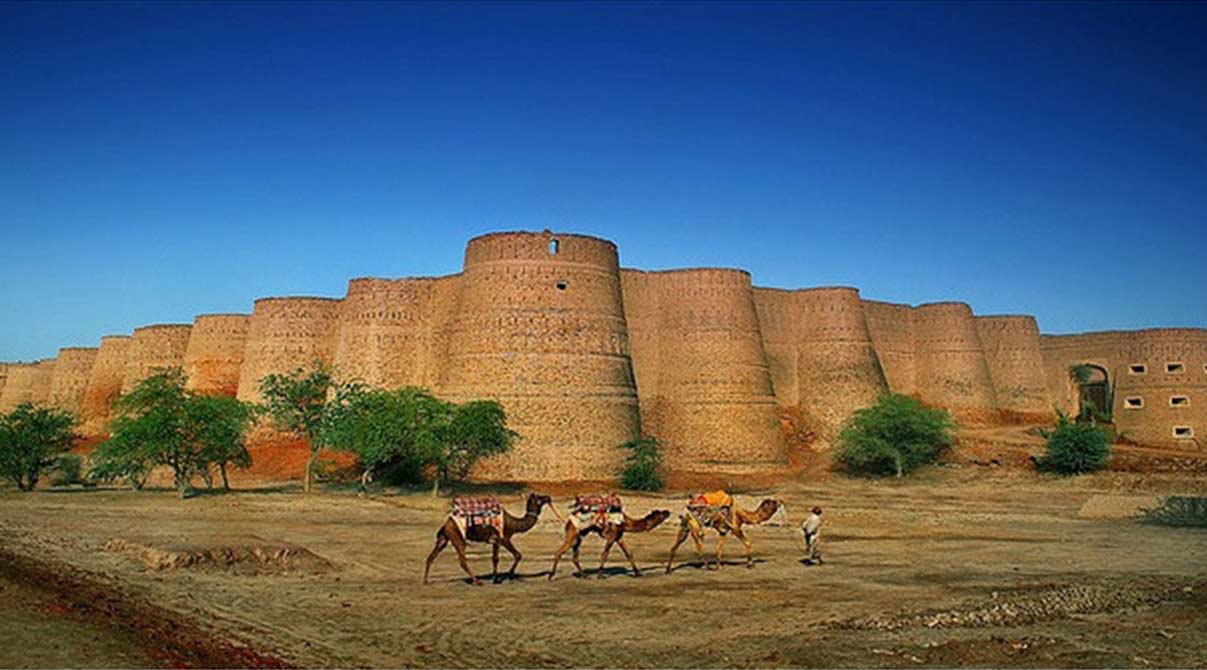
Rahim Yar Khan’s history is a fascinating journey that takes us back to ancient times. The city, with its deep historical roots, has seen different periods and cultures, each leaving its unique imprint. The city’s story starts with the ancient Indus Valley Civilization, one of the oldest in the world. During this time, Rahim Yar Khan was a lively center of trade and culture. People from different places would come here to trade goods, share ideas, and celebrate festivals, making the city a melting pot of various traditions and customs.
As time went on, Rahim Yar Khan saw the rise and fall of different rulers. Each dynasty that came to power contributed something new to the city. Consequently, there were periods of great learning and art, followed by times of powerful kings and queens. Furthermore, there were eras of important discoveries and inventions. Through all these changes, the city continued to grow and develop, eventually becoming an important place in the region.
Rahim Yar Khan’s history is not just about the past; it’s also about how the city has contributed to the present. The ancient trade routes that passed through the city helped in the exchange of goods and ideas between different parts of the world. This exchange has played a key role in shaping the cultures and economies of the broader region.
The city is also home to many local legends and tales that have been passed down through generations. These stories, whether about heroic deeds or magical creatures, are a vital part of the city’s cultural heritage. They provide a glimpse into the beliefs and imaginations of the people who have lived in Rahim Yar Khan over the centuries.
Geographical Location
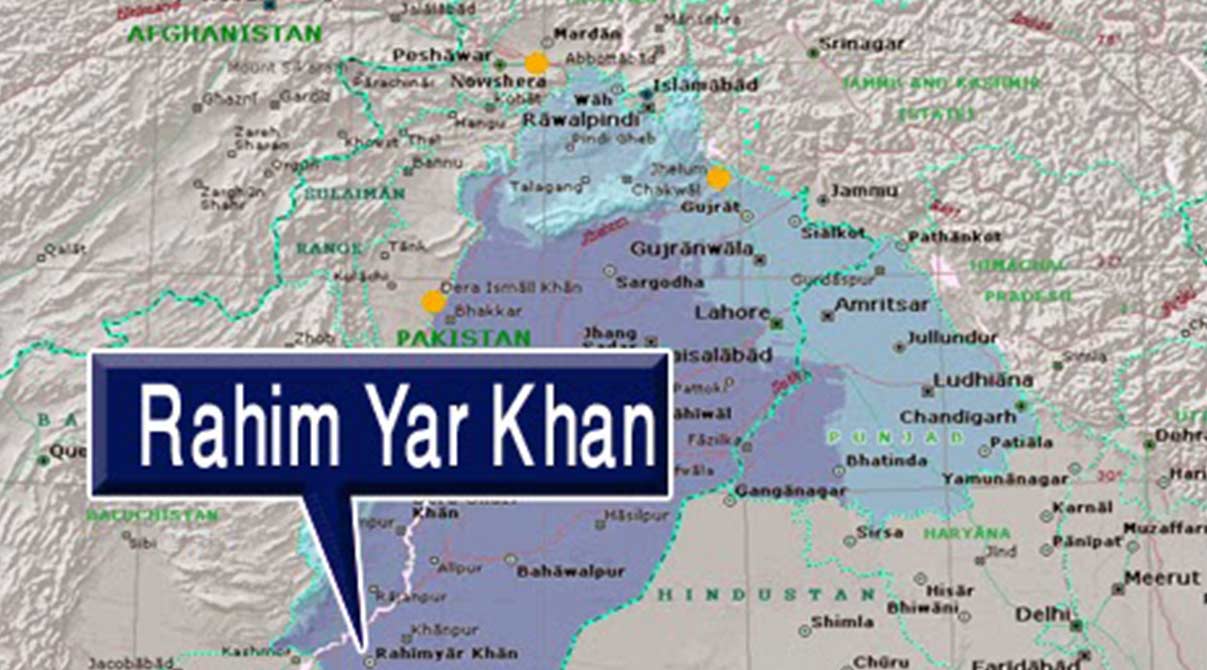
Rahim Yar Khan is prominently located in the southern part of Punjab, the province known as the heart of Pakistan. This significant city is strategically situated at the intersection of major historical trade routes, serving as a crucial connection point for various cultures and traditions over time. This strategic position not only facilitated the exchange of goods but also made it a melting pot where ideas and cultures converged and flourished.
Adjacent to the Cholistan Desert, Rahim Yar Khan boasts a unique climate and distinctive landscape features. The desert’s proximity has deeply influenced the city’s lifestyle, with the local community adapting to its hot and arid conditions over time. As a result, this interaction with the desert environment has given birth to a unique architectural style and cultural practices that are characteristic of the region. Additionally, these elements offer a glimpse into the resilient and adaptive spirit of its inhabitants, showcasing their ability to thrive in challenging environments.
Furthermore, the city’s proximity to the mighty Indus River, one of Asia’s longest rivers, has been pivotal for its growth and development. The river not only provided the essential water for agriculture, sustaining the lives of the local population, but also served as a natural boundary and a vital route for trade and travel in ancient times. The Indus River has been a silent witness to the city’s transformation, playing an integral role in crafting the tale of Rahim Yar Khan.
Moreover, Rahim Yar Khan enjoys excellent connectivity with major Pakistani cities, including Lahore, Karachi, and Islamabad. Well-established road and rail networks link it, making the city easily accessible and enhancing its strategic importance in the region. This connectivity has not only facilitated trade but has also made the city an accessible destination for people from different parts of the country.
Architectural Heritage
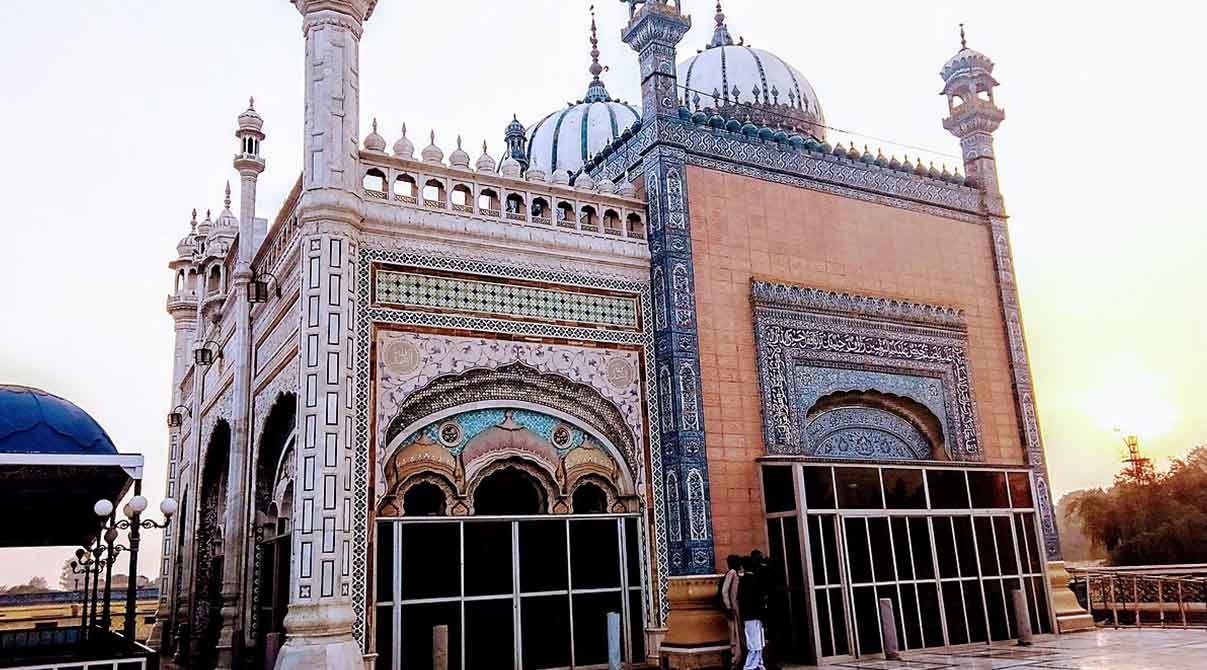
Rahim Yar Khan is one of the oldest heritage sites of Pakistan. Its architectural heritage is a splendid reflection of its vibrant history and diverse culture. Each landmark in the city stands as a testament to the unique architectural styles and cultural influences that have shaped the region over the centuries. These structures not only serve as windows into the past but also as sources of pride and identity for the local community.
Rahim Yar Khan is a treasure trove of architectural marvels, each telling a story of a time long past but not forgotten. The city’s architectural heritage is a beautiful blend of various styles and epochs, reflecting the diverse influences that have shaped its history and culture. From majestic mosques to ancient forts, each landmark is a chapter of a captivating tale written in stone and mortar.
Bhong Masjid
Bhong Masjid is not just a place of worship but also a masterpiece of Islamic architecture in Rahim Yar Khan. With its intricate designs and meticulous craftsmanship, the mosque stands as a testament to the rich cultural and religious heritage of the area. Its unique features include exquisite mosaic tiles, detailed calligraphy, and impressive gold leaf embellishments. Each corner of Bhong Masjid whispers tales of devotion and artistry, making it an invaluable part of Rahim Yar Khan’s heritage.
Rohi Desert
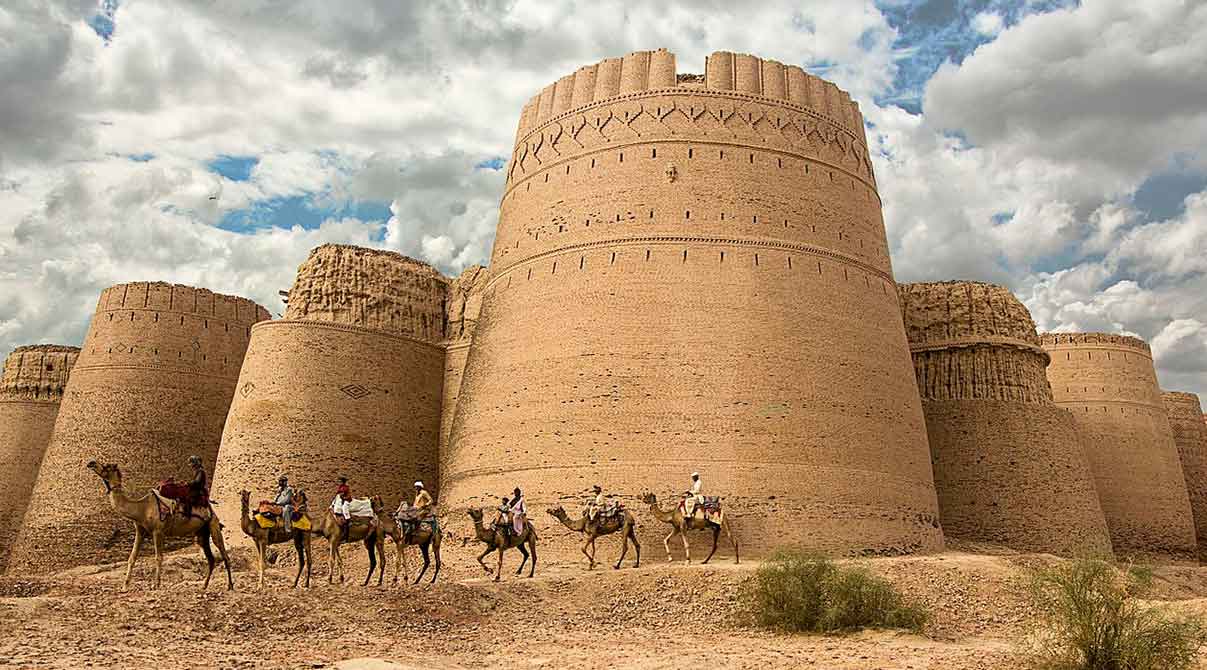
The Rohi Desert also called the Cholistan Desert is not merely a geographical landmark but a canvas where the vibrant culture of Rahim Yar Khan unfolds. Its vast expanses and undulating sand dunes have inspired countless local traditions, folklores, and crafts. The Rohi desert comes alive during cultural festivals, such as the Cholistan Desert Rally. This event not only showcases the skills of expert drivers navigating the challenging terrain but also serves as a vibrant celebration of the desert’s cultural significance.
Islamgarh Fort
Islamgarh Fort is a silent guardian of Rahim Yar Khan’s history, watching over the city with its imposing structure and formidable walls. The fort, with its historical background, has been a witness to numerous battles and changes of reigns. Its architecture, a blend of various styles reflecting the different rulers who once held its reins, tells tales of strategic importance and cultural significance. Islamgarh Fort is not just a structure; it’s a chronicle of the city’s past etched in stone.
Patan Minara
Patan Minara is indeed a beacon of architectural elegance and historical relevance in Rahim Yar Khan. With its towering height and distinctive design, it stands as a symbol of the city’s glorious past. Additionally, the Minara, with its delicate carvings and robust structure, reflects the artistic sensibilities and architectural prowess of the craftsmen of the time. Each element of Patan Minara contributes to narrating the story of Rahim Yar Khan’s architectural heritage.
Related: Fort & Shalamar Gardens in Lahore – A UNESCO World Heritage Site
Machki Fort
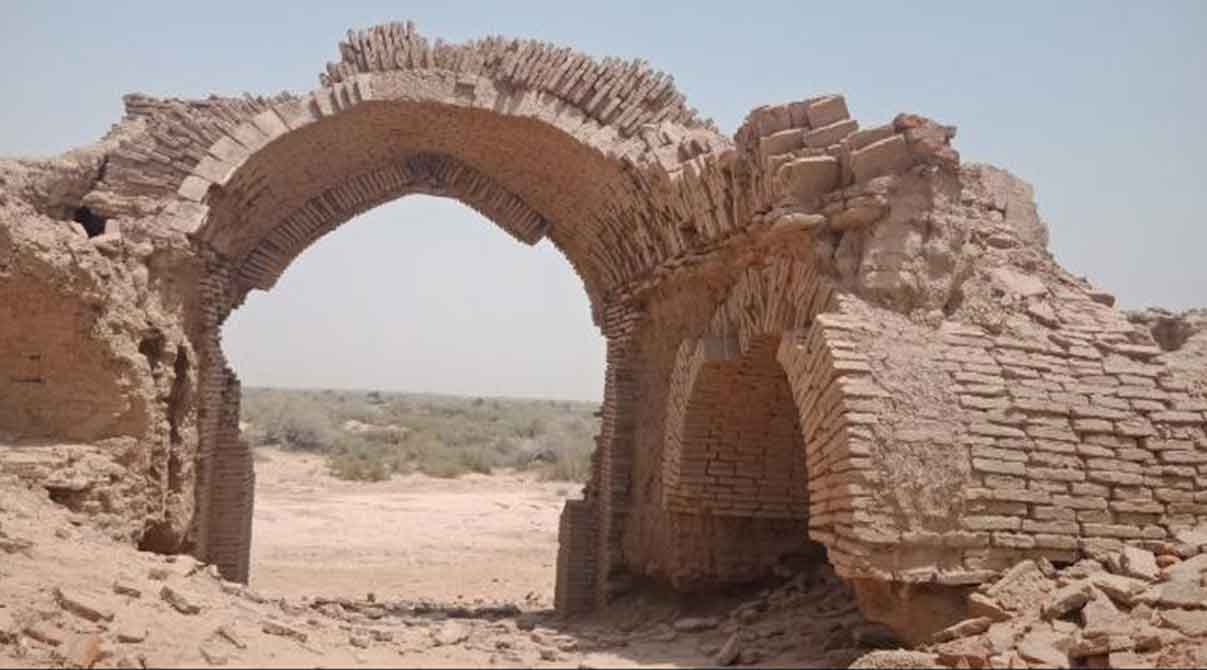
Machki Fort is a cornerstone of Rahim Yar Khan’s historical and architectural heritage. With its robust construction and strategic location, it has played a crucial role in protecting the city and shaping its history. The fort’s design is a testament to the military and architectural strategies of the time, providing insights into the lives and thoughts of the people who built and lived in it. Machki Fort stands as a reminder of Rahim Yar Khan’s strategic importance and vibrant history.
Palace of Sultan of Abu Dhabi
The Palace of the Sultan of Abu Dhabi in Rahim Yar Khan is a harmonious blend of traditional and modern architectural styles. It was built by His Highness Sheikh Zayed bin Sultan Al Nahyan, the late President of the UAE. The construction of this palace was part of Sheikh Zayed’s efforts to strengthen diplomatic and cultural ties between the UAE and Pakistan.
Its grand facades and precisely designed interiors reflect the cultural richness and the influence of the ruling elite on the city’s landscape. The palace is not just a residence but a symbol of the close ties between the rulers and the people, and its walls reverberate with tales of generosity and cultural exchange.
Mau Mubarak Fort
Mau Mubarak Fort is a historic symbol of Rahim Yar Khan, encapsulating the region’s dynamic past. The fort’s architecture mirrors diverse cultural influences, serving both as a defensive stronghold and a cultural epicenter during various eras. Its walls whisper tales of cultural richness, making it an integral component of the city’s heritage tapestry.
Cultural Legacy
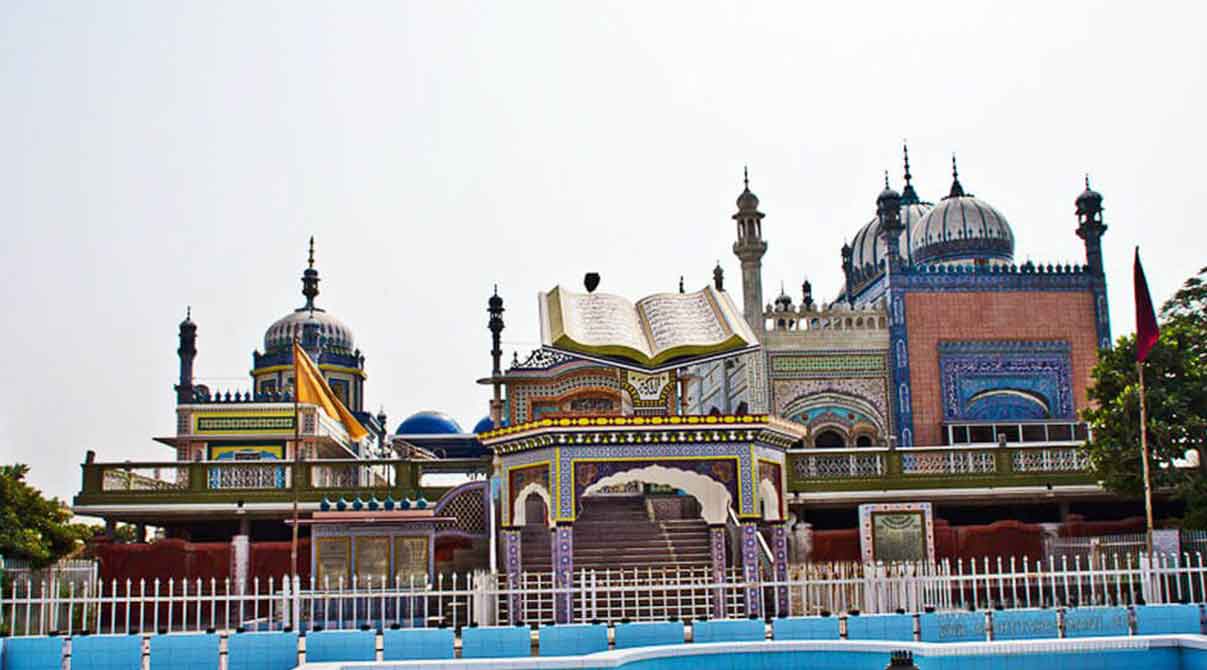
The cultural heritage of Rahim Yar Khan is both rich and vibrant, serving as a mirror reflecting the city’s historical journey and the lifestyle of its inhabitants. With its deep-rooted traditions, festivals, and practices, Rahim Yar Khan stands as a symbol of cultural diversity and historical depth in Pakistan enduring its traditions. These traditions, passed down through generations, are visible in the daily lives of the people, their clothing, language, and especially in their culinary delights.
Festivals in Rahim Yar Khan are a riot of colors, emotions, and activities. These are times when the city’s cultural heartbeat is most evident and lively, displaying a mix of religious and secular celebrations that are participated in with zeal and joy by everyone. From the holy celebrations of Eid and Ramadan to various local fairs and cultural events, each festivity is a chapter narrating tales of the city’s rich cultural tapestry.
This unique cultural identity of this city doesn’t stay confined within its borders; instead, it extends its influence far and wide into the broader region. The art, music, and folklore originating from the city are celebrated across different parts of the country, contributing significantly to the cultural narrative of Pakistan. Rahim Yar Khan, in this regard, is not just a city but a cultural beacon illuminating the rich and diverse heritage of the nation.
Economic Contributions
Rahim Yar Khan has historically been an economic hub in the region, with its economic contributions deeply intertwined with its cultural and historical legacy. The city has been a vital center for trade, crafts, and industry, playing a crucial role in the economic tapestry of both the region and the country at large.
Historically, Rahim Yar Khan has been renowned for its traditional crafts and artisan work, with local craftsmen producing exquisite items that reflect the city’s cultural richness and artistic flair. These crafts have not only been integral to the city’s identity but have also been a significant source of income for its residents, facilitating economic stability and growth. The vibrant markets of the city, teeming with handcrafted goods, textiles, and jewelry, offer a glimpse into its economic and cultural vitality.
Traditional Crafts and Industries
The city has also been a hub for various industries and trade activities. Its strategic location, situated at the crossroads of significant trade routes, has made Rahim Yar Khan an economic focal point, attracting traders and merchants from across the region. This position has allowed the city to flourish as a trade center, with goods and commodities being exchanged, contributing to its economic prosperity.
Current Economic Landscape
Like many cities worldwide, Rahim Yar Khan faces its set of economic challenges. There is a need for further industrialization and diversification of its economy to create more employment opportunities for its growing population. The city’s traditional crafts and industries also face competition from mass-produced goods, requiring support and promotion to sustain and grow in the modern market.
Opportunities and Challenges
Despite many challenges, Rahim Yar Khan also presents a myriad of economic opportunities. The city’s rich cultural heritage and historical significance make it a potential tourist destination, with tourism being a viable avenue for economic development. By investing in and promoting its historical sites, traditional crafts, and cultural festivals, Rahim Yar Khan can attract visitors from across the country and beyond, thereby boosting its economy.
Furthermore, there is an opportunity for revitalizing and modernizing the traditional crafts and industries, integrating them with contemporary market demands while preserving their cultural essence. This approach can provide sustainable income opportunities for local artisans and contribute to the economic resilience of the city.
Tourism

Tourism in Rahim Yar Khan is an emerging industry with the city’s rich historical and cultural heritage serving as a significant draw for visitors. While it is relatively undiscovered and not as prominent a destination as some of Pakistan’s larger cities, still this city offers a unique blend of ancient and modern attractions, providing a captivating experience steeped in history and culture, for those who choose to explore it.
Major Attractions
The city’s major tourist attractions are deeply connected to its vibrant history. Noor Mahal, Sheikh Zayed Palace Museum, and Jamia Masjid stand as architectural marvels that allow visitors to travel through time, allowing them to immerse themselves in its unique cultural narrative. These sites, along with the bustling local markets offering traditional crafts and the nearby Cholistan Desert, offer a diverse range of attractions for visitors.
Facilities and Services
To facilitate tourists, Rahim Yar Khan has been developing facilities and services designed to ensure comfortable and enjoyable visits. Accommodations ranging from budget-friendly hotels to more luxurious options are available, and local restaurants offer a taste of the region’s delicious cuisine. Transportation within the city is accessible, with options including taxis, rickshaws, and buses that help visitors navigate between attractions conveniently.
Potential for Growth
The city’s tourism sector possesses untapped potential. Strategic investments, improved infrastructure, and effective promotion of Rahim Yar Khan’s historical and cultural landmarks can significantly enhance its appeal to both domestic and international tourists. Initiatives like organized guided tours, better maintenance of tourist sites, and digital promotion can play a pivotal role in strengthening the city’s tourism industry.
Economic Impact
Tourism holds a substantial economic impact for Rahim Yar Khan, as it can generate income and jobs for the local community. From hotel owners and restaurant workers to local artisans selling crafts, many stand to benefit from a thriving tourism sector. Furthermore, as tourists spend on services and goods, the revenue trickles down through the community, supporting various sectors and contributing to the overall economic health of the city.
Related: Asim Jofa’s ‘Rasm’ Pays Tribute to Indo-Pak’s Rich Cultural Heritage
Efforts for Preserving Heritage
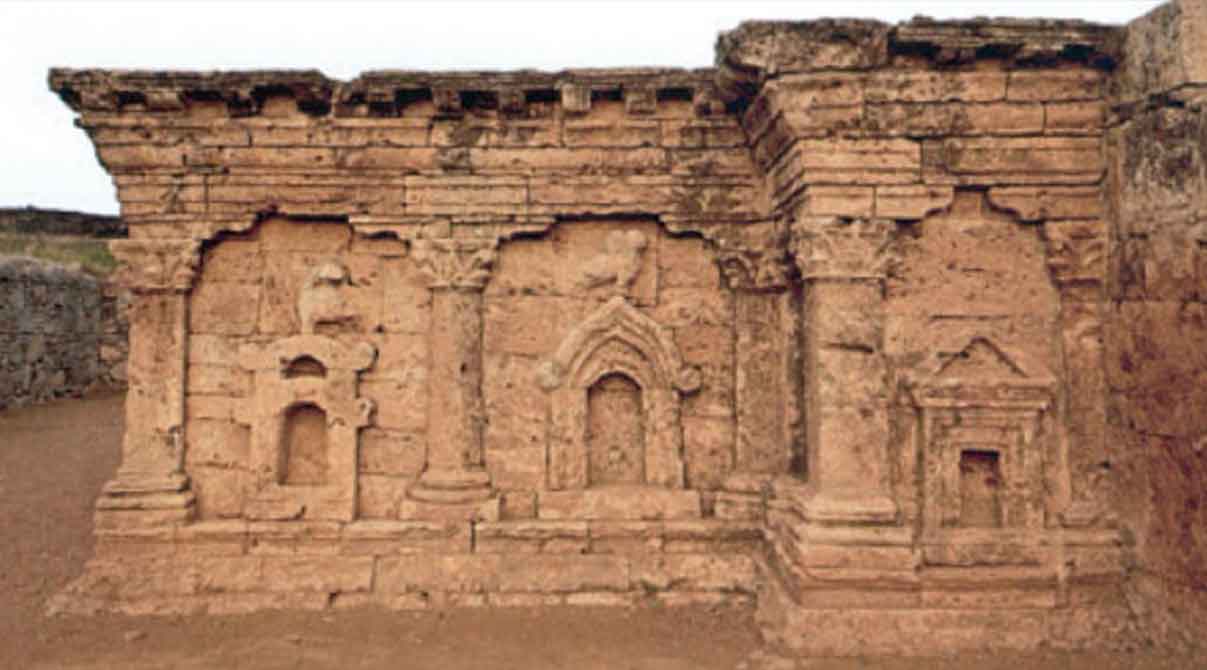
Preserving the heritage of Rahim Yar Khan poses several challenges, including environmental factors, urbanization, and a lack of public awareness. The historical monuments and sites are exposed to weather-related wear and tear, while rapid urban expansion sometimes encroaches upon these invaluable landmarks. Additionally, there is a need for greater public awareness and education regarding the importance of preserving the city’s rich heritage.
Technical Assistance and Restoration Projects
Technical assistance and expert-led restoration projects are crucial for preserving the structural integrity and aesthetic value of the city’s historic landmarks. These projects often involve collaboration with historians, architects, and conservation experts to ensure that restoration work is conducted with sensitivity to the original design and materials of each site. By employing state-of-the-art conservation techniques and materials, these initiatives work to protect Rahim Yar Khan’s architectural treasures from further deterioration while restoring their historic beauty and significance.
Promotion of Traditional Crafts
Efforts are also being made to promote and preserve the city’s traditional crafts, which are a significant aspect of its cultural heritage. Initiatives include organizing craft fairs and exhibitions, providing training and financial support to local artisans, and creating platforms for them to sell their products to a wider market. These efforts not only help in keeping the traditional crafts alive but also in providing sustainable livelihoods to the craftsmen and women.
Importance of Community Engagement
Engaging the local community is pivotal for the success of preservation efforts. When residents take pride in their heritage and actively participate in conservation initiatives, it creates a sustainable model for preservation. Community engagement not only fosters a sense of ownership among residents but also promotes a culture of respect and appreciation for the city’s history and traditions. Educational programs and awareness campaigns are essential tools for cultivating this sense of responsibility and pride among the community members.
Public Awareness
Increasing public awareness about Rahim Yar Khan’s heritage is a cornerstone of effective preservation. Awareness campaigns, educational programs in schools, and public seminars can enlighten residents and visitors about the value of the city’s heritage. These initiatives can also inspire people to contribute to preservation efforts, whether through volunteering, donations, or simply by practicing responsible tourism.
The Bottom Line
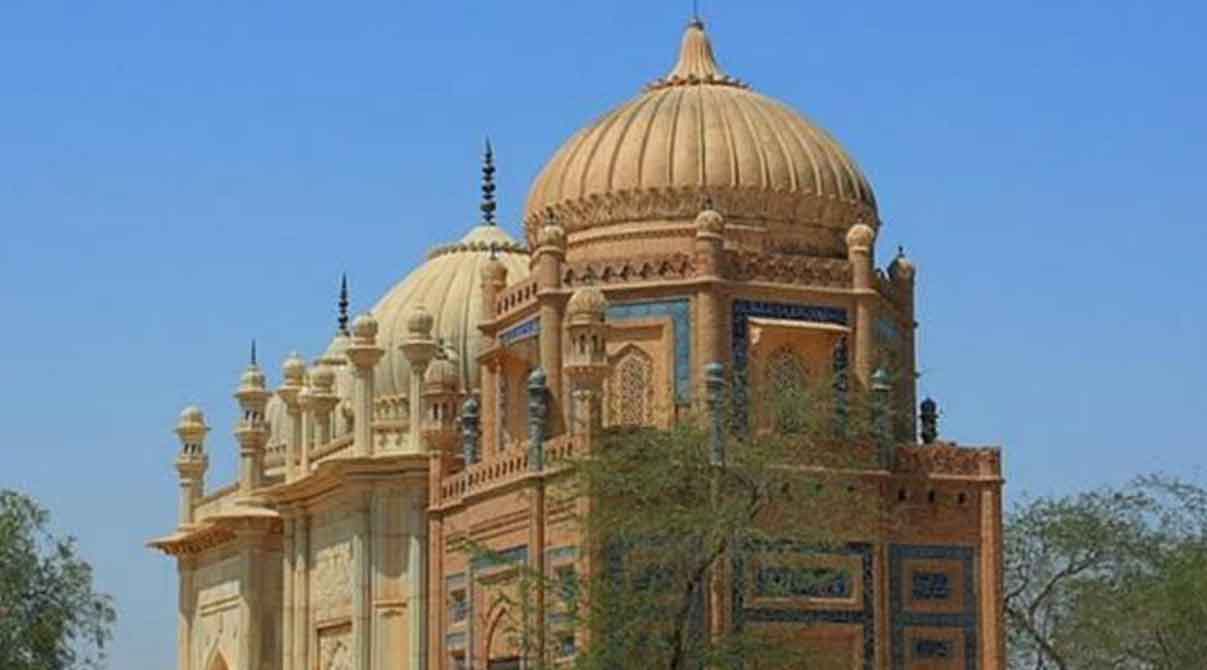
Among one of the oldest heritage sites of Pakistan, Rahim Yar Khan’s significance in Pakistan’s heritage remains undeniable. Its contributions to trade, crafts, and culture resonate through the ages. The city’s future prospects lie in the careful preservation of its legacy and strategic investments in tourism and traditional industries. Rahim Yar Khan stands as a living testament to the enduring essence of history, a city where the past and present converge in a symphony of cultural vitality.